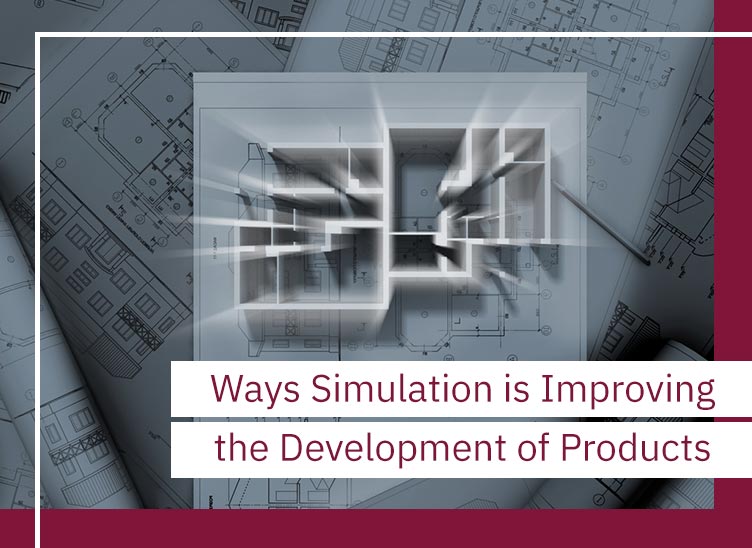
Ways Simulation is Improving the Development of Products
Simulations are taking over the entertainment world with improvements in movies and virtual reality in video games. One area that you might not expect to find simulation is product development. Not only is simulation a great tool for developers, but it is changing the industry as we know it. From engineering to avionics, the presence of virtual reality (VR) is increasing.
Benefits of Virtual Reality
Labs the produce products are finding that they can do more with VR. The main reason that augmented reality is beneficial is because designers can build and test products in theory before building a physical prototype or product. Manufacturers and designers are finding that it is more efficient and cost productive to take a VR route before a reality approach. There are four main areas that designers are finding the best use of VR in development.
Viewing Blueprints and CAD Designs. When customers come in to review their purchase orders, they want to see more than blueprint sketches. Instead, designers can pull up the design on their computer screens and show the customer a 3-D view of their product. This is a more realistic view of what the final product will look like and can show proper function better than a drawing or printing can show. Designers can spot flaws and adjust details easily in this form with less cost to the company and consumer. Customers can provide helpful feedback that can prevent problems after production. Together, they avoid miscommunication, and both save a lot of time and money in the end.
Smaller Scale 3-D Parts. One of the most expensive parts of design is creating scaled models of products before production. Sketches don’t give enough detail to those who are creating the parts and changes are more difficult. Using 3-D printing, engineers and designers can create smaller scale 3-D parts and test them out before creating a product to scale. This is a much more affordable option for companies.
Creating in a Virtual Space. Realtors and construction companies have been using VR to sell properties and show off homes pre-construction for a few years now. It has helped expand their potential buyers to those across the country, rather than limiting it to those who can walk through a model home. This same concept is open to other industries too. Cars, buildings, boats, and even small parts are easy to create and view in a virtual space for potential customers. The ways companies can save money in materials, storage, space, and resources are almost endless with VR.
Improving Prototypes. As mentioned, manufacturing and design companies have historically created products to spot problems and adjust designs. With more complex products, each piece is created individually to ensure they work together correctly. Simulation does more than create a 3-D model, it also allows designers to see how all the different parts will work together before creating the first physical prototype. Sizing of pieces is usually an expensive process to figure out, but with simulation, individual pieces are sized or alternatives found before creation to ensure the entire product functions properly. This saves recalls, tests, bad contracts, and most of all, stress.
Changing the Experience
Using VR in design and parts manufacturing is saving companies time and money. This allows them to create more products and earn more contracts. The digital transformation is improving the customer experience and changing the manufacturing market. The best part of all is that more superior products are created, helping everyone involved to succeed.
Let Clark Rubber and Plastic help your company manufacture plastic and rubber components in the most effective ways possible.
